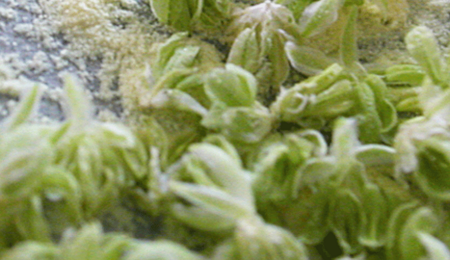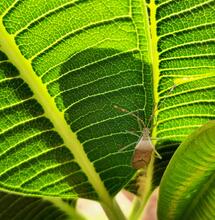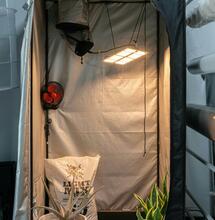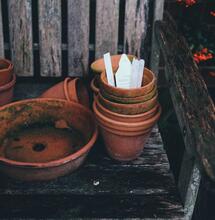Top Tips On The Root Zone
02 Nov 2018

Growing Cannabis is not always about what you can see above the growing medium, however understanding what is making all that magic above happen in the first place. Below are my top tips on roots and how to get the most out of your plants.



Root Bound Is Not Good
It is very important to know that root bound plants are not a good thing. This means when the roots of a plant spiral around and begin to grow in the shape of the pot. It may seem impressive, however the plants are restricted in the way they will grow and most importantly utilise nutrients. Even if you have achieved the healthiest, whitest roots and even use beneficial bacteria, root bound is not good and when transplanting, the roots should be pulled apart and pruned with a clean pair of scissors to encourage new root growth, which is not restricted in its surroundings.Air Pockets Are Essential
One great tip is to use perlite to add air pockets to your growing medium, especially at the wettest point where weight can cause root development to cease and even cause anaerobic bacteria to infect your roots. Air pockets will also keep the growing medium oxygen rich which is something that plant roots need, as much as they do water. I personally would recommend adding between 25% - 50% perlite to the overall mix you have. Perlite is cheap and has excellent water retention abilities, meaning it will dry the growing medium out much faster, avoiding chances of waterlogged issues occurring later on.Beneficial Bacteria and Mycelium
Deep in the soil, is an advanced network of aerobic bacteria that will help the plant. Mycelium is a type of fungus that breaks down plant matter and benefits the host in the same way as bacteria. These can be naturally found in soil, but what is a great way to source your own microbes and fungus without paying over the odds, is to go to your local forest and simply remove the top 3 inches of the floor around old trees. This will be extremely rich in nutrients as well as the same microorganisms that reside in the healthy, vibrant forest you have taken it from. By mixing it in with your current blend of coco and worm castings, will make your soil supercharged and create a thriving soil culture.Use Enzymes
Enzymes are a great way to speed up the buffering process in the organic medium. Roots will grow clean white and any brown stained roots, or old dead roots will be broken down by the enzymes. I find enzymes are one of the most helpful things when dealing with organics, as they can speed up the metabolism of the plant, the same way we rely on enzymes to break down food in our digestive system. A good tip is to source as many different enzymes as possible, to increase the overall number of enzymes the plants receive.Make Fabric Pots or Add Holes
One instant way to avoid root bound plants is to either buy or make your own from fabric. Felt works the best and a thick felt will have a longer sustainability than thin felt. The reason why felt is used is because air can pass through, so roots growing within a felt pot can be exposed to air. This is a good thing as air pruning occurs naturally and will encourage roots to grow outwards as opposed to downwards looking for the closest point of air. Adding holes to plastic pots is also a cheap alternative to buying air pruned pots, and as long as the roots have a breathable environment, then the structure of the root ball will form differently to when in a conventional plastic pot.



.png)